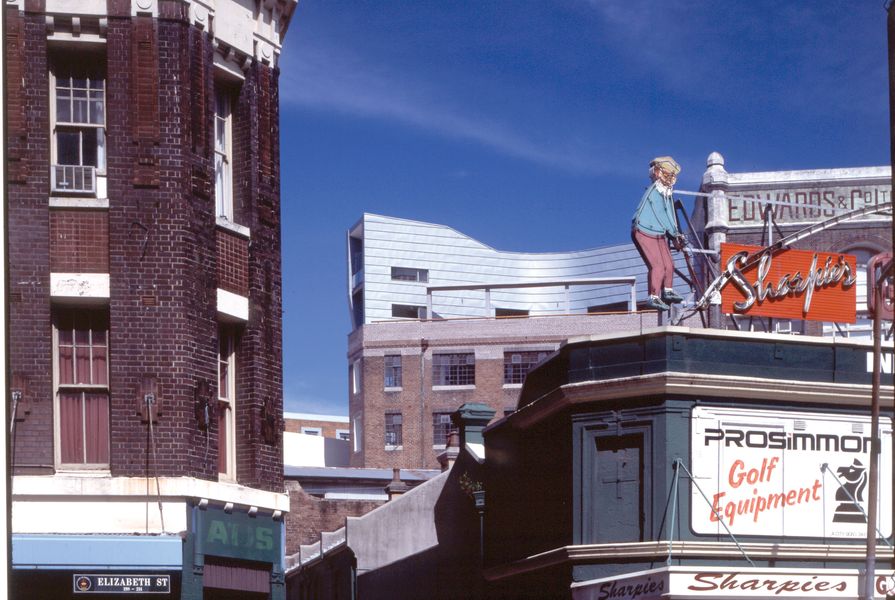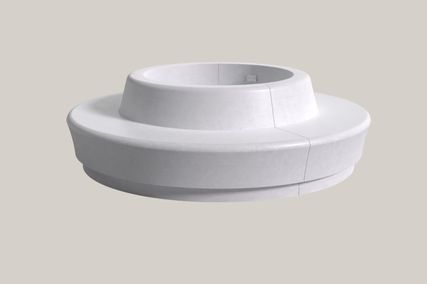We hear from visiting architects who took an extended study tour in Australia. What did they take away from the experience? And what do they hope to have shared in return?
Over the next couple of months, ArchitectureAU will be publishing interviews with the architects who took part in the Droga Architect in Residence Program – an experiment in cultural exchange held from 2014 to 2018 with many generous and adventurous participants.
Hailing from nine different countries, the Droga architects were a diverse lot, representing a wide range of approaches, research interests and career paths. They were: Juhani Pallasmaa (Finland), Carmen Fiol-Costa (Spain), Nick Wood (UK), Alexis Sanal (Turkey), Alberto Perez-Gomez (Canada), Liz Ogbu (US), Mechthild Stuhlmacher (Netherlands), Martin Ostermann and Lena Kleinheinz of Magma Architecture (Germany), and Morten Rask Gregersen and Johannes Molander Pedersen of Nord Architects (Denmark).
Drawn from practice and academia, they were each selected on the basis of their architectural research project and its potential relevance for Australian practitioners and students.
The interviews, conducted by ArchitectureAU assistant editor Josh Harris, offer a glimpse into a number of the research programs undertaken with the willing cooperation of Australians in government, universities, community organizations, museums, art-galleries, individual members of the public and students of architecture. What still impresses is the breadth of those programs, from working with Indigenous communities in the Northern Territory to designing a setting with students for a contemporary “last supper”’ at a Robin Boyd house to celebrate Easter. The residencies were able to build scenarios for exploration well outside the typically one-way communication of lectures and seminars.
The Droga Apartment by Durbach Block Jaggers, completed in 1997.
Image: Tom Ferguson
The residence program was an initiative of the Australian Institute of Architects Foundation enacted in response to a generous cornerstone gift by cultural philanthropists Daniel and Lyndell Droga and supported by fundraising initiatives including donations by additional individual patrons.
With its vision of architecture as fundamental to Australian culture, the foundation invited applications from architects who could share in and contribute to this vision. The residency was open to architects based outside Australia whose work contributed to architectural design through both research and practice. A jury comprising Daniel Droga, Brit Andresen, Paul Berkemeier, Anthony Burke, Maggie Edmond, Brian Zulaikah selected the atchitects.
The residencies, based out of Sydney for a period of 10 to 12 weeks, were held twice a year and were designed to offer opportunities for the selected architects to engage with the Australian public and architectural community. While the architects were hosted in Sydney, they also travelled around the country; events were held in each state and territory at least once over the five years. The program requested architects to undertake a defined program of self-directed architectural research-by-design and to offer workshops, seminars, lectures or exhibitions at events hosted by the foundation. In return, the program offered accommodation, a stipend and return international and domestic flights.
Each Droga Architect in Residence was accommodated in a two-bedroom furnished apartment gifted by the Drogas. This was no ordinary apartment, but the 1998 winner of the Wilkinson Award and the Robin Boyd Award for Residential Architecture – House (New): the Droga Apartment designed by Durbach Block (now Durbach Block Jaggers.) The rooftop warehouse apartment, located in a vibrant inner urban area, lies within walking distance of some of Sydney’s best restaurants, the CBD, public transport and a short distance to many of Sydney’s art and cultural venues, including the Sydney Opera House and the harbour.
The foundation celebrated and advocated for architecture’s contribution to Australian culture and identity. By extension the Droga Architect in Residence Program sought to promote, support and communicate the value of architecture in benefiting our society, economy and environment, now and into future.
Brit Andresen and Anthony Burke were members of the Droga Architect in Residence jury.


















